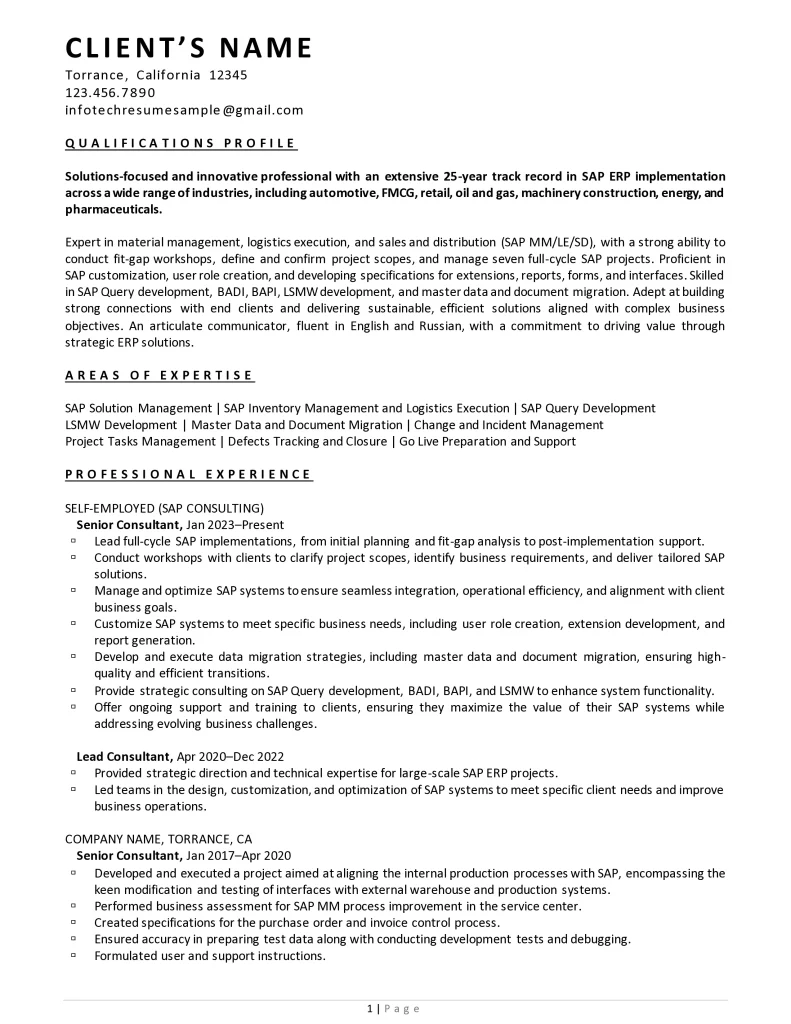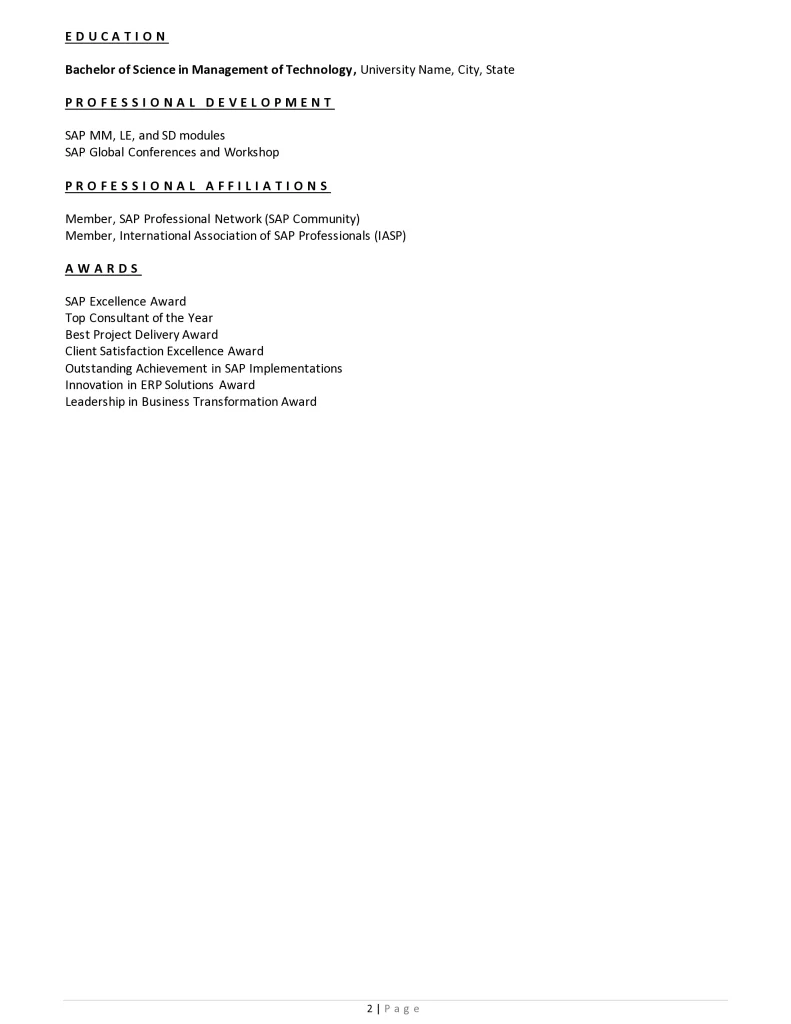Standing out in the competitive job market starts with a well-crafted resume, but that’s not enough in today’s digital hiring landscape. Many companies use applicant tracking systems (ATS) to filter and rank applications before hiring managers see them. A properly designed ATS-friendly resume ensures your application gets through these digital gatekeepers and into the hands of decision-makers.
Let’s explore how to make your resume ATS-friendly and why it’s important. We’ll also cover practical tips to help you get closer to landing your dream job.
What Is an Applicant Tracking System?
An applicant tracking system (ATS) is a software that companies use to manage and organize job applications efficiently. It scans resumes for key details such as job titles, skills, and qualifications, helping identify the most suitable candidates. By automating this initial screening, ATS saves hiring managers significant time and effort in reviewing applications.
ATS also filters out resumes that don’t meet specific criteria, such as lacking relevant keywords or proper formatting. This ensures that only well-aligned applications reach hiring managers, streamlining the recruitment process. For job seekers, crafting an ATS-friendly resume is crucial to increasing visibility and advancing in today’s competitive job market.
How Does an ATS Work?
When you upload your resume during a job application, the resume scanner within the ATS processes it through three main steps. First, it scans your resume using algorithms to extract critical details such as job titles, skills, and contact information. Next, it organizes the data, categorizing your details into sections such as education, work experience, and certifications, ensuring your resume aligns with the job posting.
Finally, the system ranks candidates based on keyword relevance, qualifications, and how well the application matches the job description. However, if the ATS has difficulty reading or interpreting your resume due to improper formatting or missing keywords, your application may be automatically rejected—even if you are highly qualified.

Why Do You Need an ATS-Friendly Resume?
A well-optimized ATS-friendly resume gives you a significant competitive edge in today’s hiring landscape, where most companies rely on applicant tracking systems to manage high volumes of applications. Even organizations offering free ATS resume reviews emphasize the importance of creating an ATS-ready document.
By including targeted keywords and using an easy-to-read resume format, you can improve your visibility, increasing your chances of ranking higher in the ATS. Additionally, an ATS-friendly resume helps you avoid rejection, as resumes with improper formatting or incompatible file types are often filtered out before reaching hiring managers.
An optimized resume also saves time for recruiters by making it easier to identify candidates with relevant skills, ensuring your application is noticed when tailored correctly. Finally, knowing your resume is optimized for both ATS and hiring managers boosts your confidence, allowing you to focus on other aspects of your job search, such as networking and interview preparation.
Tips for Creating an ATS-Friendly Resume
Follow these steps to ensure your resume works seamlessly with applicant tracking systems and increases your chances of getting noticed:
1. Use a Simple, Professional Format
Choose a reverse-chronological format to emphasize your most recent work experience. This layout helps both ATS and hiring managers quickly identify your career progression. Avoid using tables, graphics, or images, as they can disrupt the ATS’s ability to scan your resume accurately.
2. Choose ATS-Compatible Fonts
Stick to basic, professional fonts such as Times New Roman, Arial, or Calibri to ensure readability by ATS software. Avoid using decorative or intricate fonts that might not be recognized, which could reduce the chances of your resume passing the initial scan. A clean, legible font ensures that your qualifications are clearly conveyed to both the ATS and recruiters.
3. Include Keywords from the Job Posting
Incorporate relevant keywords and phrases directly from the job description to make your resume ATS-friendly. These keywords often reflect important skills or qualifications the employer is seeking. By matching your resume to the language in the posting, you increase your chances of being flagged by the ATS for review by a hiring manager.
4. Optimize Your File Type
Check the job posting for any specified file type preferences before submitting your resume. ATS systems may work more effectively with certain file types, such as .docx or .pdf, depending on the software being used. Following the specified format ensures your resume is properly processed and increases the likelihood it reaches human reviewers.
5. Ensure Clear and Relevant Sections
Create distinct, clearly labeled sections for contact information, skills, experience, and education to make it easier for the ATS to categorize your resume. Use simple, conventional headers like “Professional Experience” and “Education” to avoid confusion. A well-organized resume will make it easier for both ATS systems and hiring managers to find key information.
6. Avoid Fancy Designs or Complex Formatting
Keep your resume free from text boxes, images, and excessive colors, as these can interfere with the ATS’s ability to read and process your content. Stick to a clean, straightforward layout that highlights your qualifications clearly. Use the right bullet type to organize information effectively, making it easier for the ATS to scan and for recruiters to read. An easy-to-read design simplifies the presentation, ensuring your resume is accessible to both the ATS and hiring managers without any formatting issues.
7. Use Active Verbs and Quantify Achievements
Highlight your accomplishments by using strong action verbs, such as “led,” “increased,” or “managed.” Be mindful of your resume tense by using past tense for previous roles and present tense for your current job. Whenever possible, quantify your achievements with specific numbers or percentages, such as “boosted sales by 30%.” This not only makes your resume more appealing to ATS but also provides concrete evidence of your impact to hiring managers.
Related Article: Resume Critique Checklist: A Smart Guide to Perfecting Your IT Resume
ATS-Friendly Resume Template
Here’s a practical template to guide you in crafting an ATS-friendly resume. It provides clear guidelines to ensure your content is easily processed by applicant tracking systems.


Feel free to download a copy of this ATS-friendly resume.
Explore more ATS-friendly resume examples to better understand how to tailor your application for success. Visit our resume examples of expertly crafted resumes designed to help you pass ATS scans and stand out to hiring managers.
Start Your Journey to Career Success with an ATS-Ready Resume
Landing your dream job starts with a resume that speaks to both humans and machines. By optimizing your document for applicant tracking systems, you ensure that your skills, experiences, and qualifications aren’t just noticed—they’re prioritized.
Whether you’re starting from scratch or optimizing your resume, consider hiring a professional IT resume writing service to create an ATS-friendly resume that gets results. By tailoring your resume, using standard fonts, and incorporating the right keywords, you can significantly improve your chances of passing ATS scans and catching the attention of hiring managers.
Take the next step in your career journey. Contact us today for expert assistance in creating a winning resume that helps you stand out in the job market. Make your application count and set yourself up for success!





